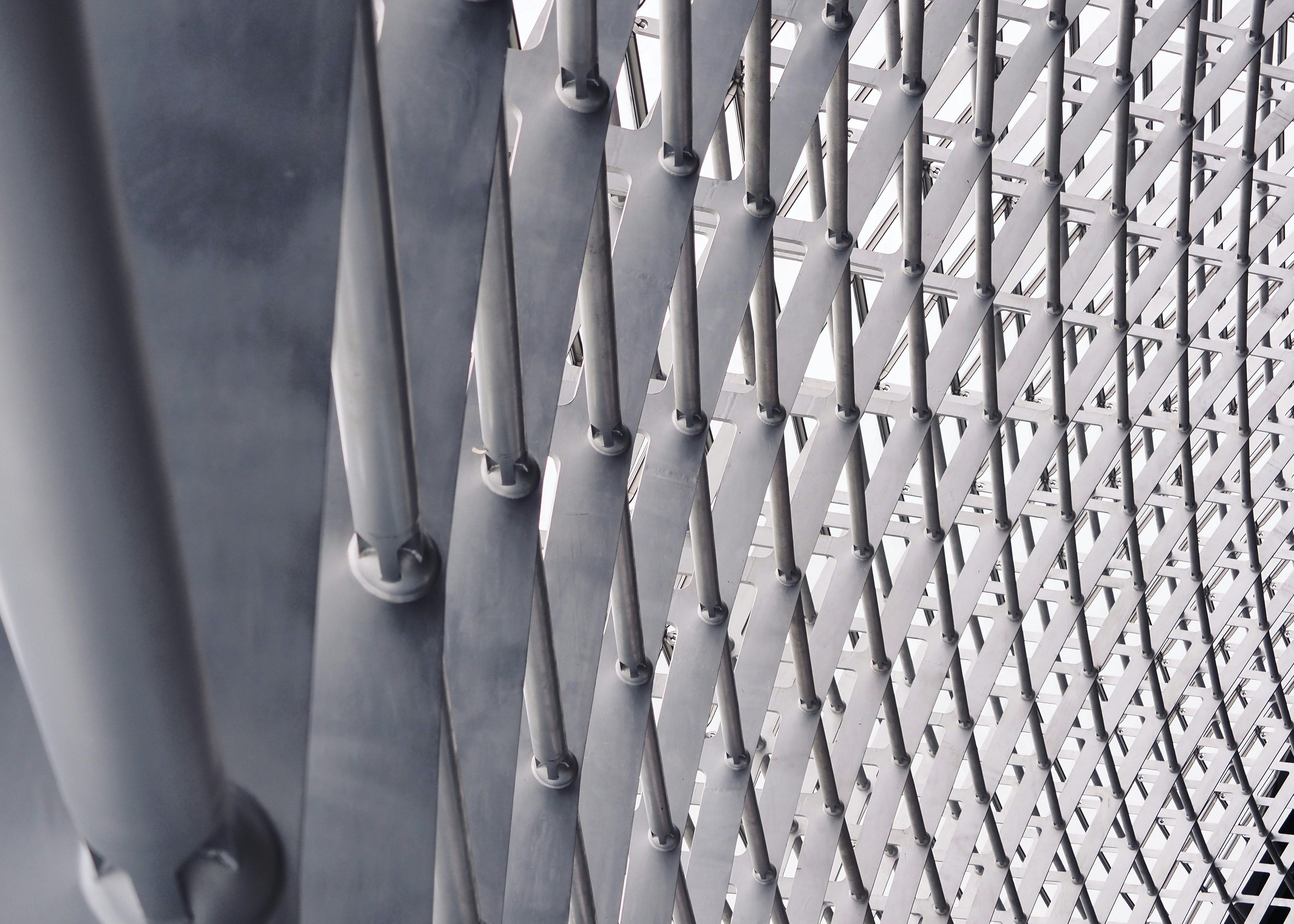Catalina Resources Limited Uncovers 18m Gold Zone in Maiden RC Drilling, Paving the Way for Expansion in WA’s Laverton Gold Province
Thursday, July 31, 2025
at
9:49 am
Catalina Resources Limited has reported promising maiden drilling results at its Laverton Project in Western Australia, intersecting broad gold zones. The encouraging findings suggest a larger gold system and have spurred immediate follow-up drilling, offering potential upside for investors and growth opportunities in early-stage exploration.
Catalina Resources Limited has reported impressive initial outcomes from its maiden reverse circulation drilling program at the 100%-owned Laverton Project in Western Australia. The recent RC drilling has confirmed wide zones of gold mineralisation hosted in strongly altered quartz–feldspar volcanic rocks. Notably, one drill hole (LVRC02) returned an interval of 18 meters averaging 1.16 grams of gold per tonne from 127 meters downhole, including a 5‐meter section grading 2.3 g/t. This result extends a previously identified shallow intercept seen in an aircore drill hole that recorded 28 meters at 1.09 g/t from 57 meters, now demonstrating that gold remains present beneath altered rock and continues into fresher sections.
The mineralisation, associated with networks of fine sericite, pyrite, chlorite, and quartz veining, is interpreted to be part of the upper levels of an intrusion‐hosted gold system similar to those that underpin several major deposits in the region. The discovery was made in an area defined by the regionally significant Barnicoat Shear Zone, with geological indicators showing the potential for significant strike and depth extensions. The company plans to mobilise a second phase of both reverse circulation and diamond drilling immediately to test these extensions, while additional studies in petrology and multi-element geochemistry are being integrated into a 3D geological model for refined targeting.
In addition to gold, the Laverton Project holds potential for rare earth element mineralisation. Previous aircore drilling intersected high-grade rare earths, such as a 4‐meter interval with 13,406 parts per million total rare earth oxides, and recent holes targeting this zone (LVRC04 and LVRC05) are awaiting assay results, which could add a further dimension to the project's prospectivity.
From a market sentiment perspective, the early drilling results are likely to be viewed positively by investors. The width and grade of the intercepts, combined with the strategic location within a well-known gold province and the proximity to major regional mining operations, bolster a bullish outlook with the potential for a larger mineralised system. However, caution is warranted as the findings remain at an early exploration stage, with further drilling and assay confirmations necessary to fully establish resource potential. For beginning traders, this development highlights both the growth potential and inherent risks associated with early-stage mineral exploration projects.



